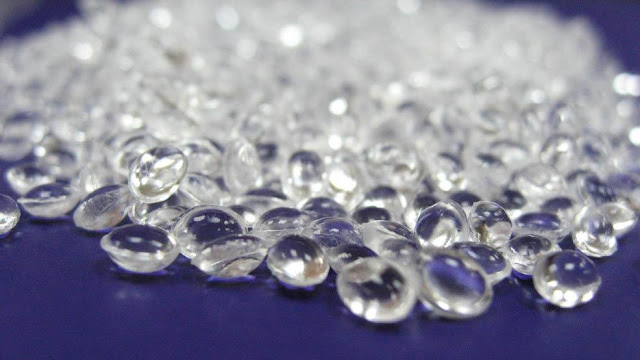Hybrid Cell Market
The Hybrid Cell Market involves the production of textiles through a
revolutionary new process where cotton and synthetic fibers are blended and
recycled together. Hybrid cell manufacturing uses mechanical and chemical
processes to break down used clothing and other waste textiles into their
composite fibers, which are then re-engineered and reconstituted into new
fabrics. This innovative technique for upcycling textile waste helps address
the growing problem of plastic pollution from synthetic fabrics. It allows
countless tons of clothing materials that would otherwise end up in landfills
each year to be transformed into high-quality sustainable textiles.
The
global Hybrid Cell Market is
estimated to be valued at Us$ 3.59 Mn
in 2024 and is expected to exhibit a CAGR
Of 5.8% over the forecast period 2024-2031,
as highlighted in a new report published by Coherent Market Insights.
Market Opportunity:
One major opportunity driving the growth of the Hybrid Cell Market is the
rising demand for sustainable and eco-friendly textile solutions. Traditional
cotton and synthetic fiber production relies on virgin materials and global
supply chains that have significant environmental impacts. However, hybrid cell
manufacturing provides a greener alternative that uses recycled post-consumer
textile waste as its primary raw material input. It allows the fashion industry
to substantially reduce reliance on resource-intensive virgin fiber cultivation
and production. As consumers increasingly prioritize sustainability in their
purchasing decisions, more brands and retailers are looking to hybrid
cell-derived fabrics as a way to strengthen their eco-credentials and meet the
growing need for circular business models in the apparel sector. This focus on
sustainability solutions is expected to serve as a major growth driver for the
Hybrid Cell Market over the coming years.
Porter's Analysis
Threat of new entrants: Moderate threat exists due to capital requirement for
setting up the hybrid manufacturing units. However, emerging technologies have
lowered the entry barriers.
Bargaining
power of buyers: Moderate to high due to the availability of substitutes.
Buyers can negotiate on price and quality standards.
Bargaining power of suppliers: Moderate as raw materials like bamboo, linen,
jute etc. are freely available. Suppliers have limited influence over pricing.
Threat of new substitutes: Moderate threat from other natural and synthetic
fibers that are cost-effective. However, hybrid cellulose fibers promote
sustainability.
Competitive rivalry: Intense competition exists among the established players
to gain market share through product quality and differentiation.
SWOT Analysis
Strengths: Hybrid cellulose fibers have improved elasticity, moisture management
and biodegradability over regular fabrics. They promote sustainability.
Weaknesses: Higher production costs compared to synthetic fibers. Limited
manufacturing units and supply networks globally.
Opportunities: Growing demand for eco-friendly fabrics from apparel and home
textile industries. Potential in technical and industrial applications.
Threats: Economic slowdowns can reduce discretionary spending on apparel.
Dependence on agricultural commodities exposes to price fluctuations.
Key Takeaways
The
Global Hybrid Cell Market Demand is
expected to witness high growth at a CAGR of 5.8% during the forecast period of
2024 to 2031. The global Hybrid Cell Market is estimated to be valued at US$
3.59 billion in 2024 and is expected to exhibit a CAGR of 5.8% over the
forecast period 2024 to 2031.
Regional
analysis indicates North America leads presently due to rising awareness about
sustainable fabrics. Europe follows as a major producer and consumer. Asia
Pacific shows great potential for future expansion supported by emerging
economies like India and China.
Key players operating in the hybrid cell market are Unifi, Martex Fiber, I:CO,
Renewcell, Lone Star Textiles, Retex Textiles, Leigh Fibers, Prokotex,
Santanderina Group, Kirklees Wools. Unifi and Martex Fiber are the global
leaders with a combined market share of over 35% in 2021. Renewcell is an
emerging player commercializing Circulose, a wood-based fiber made from textile
waste using patented technology.
Get more insights on this topic :




Comments
Post a Comment